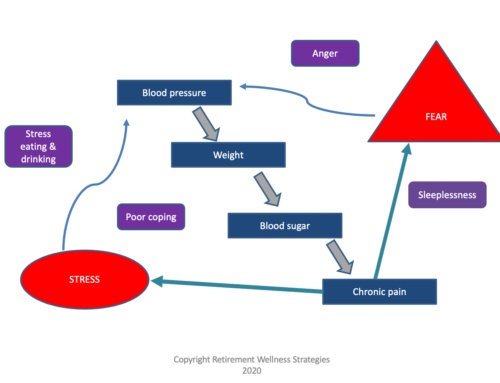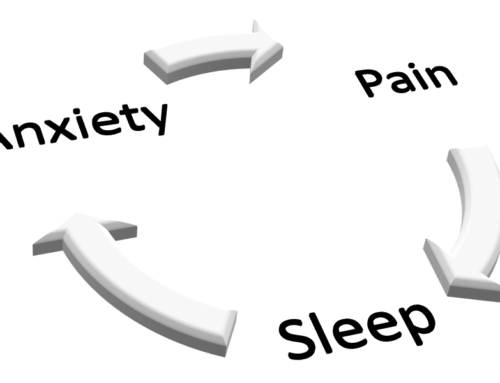
Depression and anxiety medications should be started and later stopped in gradual steps.
Sometimes you can start a medicine and it starts working right away. Sometimes it takes a while to work. Sometimes you can stop a medicine ‘cold turkey.’ Sometimes you can’t without risky side effects. Some require step up and step down dosing.
I believe it is very important to understand a medication, how it works, how to best use it, and how to avoid problems. There are a lot of these tidbits that are important in the use of anxiety/depression medications. The most commonly used anxiety/depression medications right now are in a class called ‘selective serotonin reuptake inhibitors’ (SSRIs).
The class name describes how they work. I’m going to try to break it down into steps that make sense.
Neurotransmitters
The first step is to have some understanding of neurotransmitters. They are the brain’s messengers. They carry messages from one nerve to another.
Some of the main neurotransmitters are:
- Epinephrine – adrenalin, drives the sympathetic system and your ‘fight or flight’ response when you are scared, in stress, or in danger
- Norepinephrine – also drives the sympathetic system causing you to feel awake, ready for the day, able to manage stress
- Dopamine – mainly related to movement; increasing this is key in the treatment of Parkinson’s Disease
- Serotonin – manages your mood, appetite, sleep, and movement of your gastrointestinal tract
Neurotransmitters are passed from nerve cell to nerve cell. As a neurotransmitter leaves one nerve cell, it goes into a space between the end of that nerve cell and the beginning of the next nerve cell. This space is called the synapse.
The beginning of the next nerve cell has receptors. Neurotransmitter in the synapse (the space) will bind to a receptor. That will allow it to get into the nerve cell and create an electrical signal that will travel through it to the end and continue the message to the next neuron in the same manner. At the end, it will be released into the synapse where it can be picked up by the receptors of the next nerve cell. In this way, the message travels through the whole nerve system.
When there is too much neurotransmitter in the synapse, the nerve cell that released it can take it back. This is called reuptake.
The body has amazing processes to regulate itself. In this case, release from a nerve cell, time in the synapse, and binding to a receptor in the next nerve cell are all carefully synchronized.
Serotonin, depression, and anxiety
Serotonin is one of the primary neurotransmitters for the regulation of mood and sleep. When someone is depressed, it might be because serotonin transmissions are too slow.
When someone is experiencing anxiety, serotonin levels might be out of balance.
The role of selective serotonin reuptake inhibitors is to prevent the first nerve cell from taking back the extra serotonin it has released. This will make more serotonin available for the receptor of the next nerve cell. This will allow more serotonin to be passed from nerve cell to nerve cell.
Product delivery analogy
Imagine you have created a product that is a popular gift for special occasions. During most months the demand for your product stays steady for events such as birthdays.
On these months, you keep a regular supply of product in your warehouse. Ten distribution trucks can get the products to the stores that sell your product. This keeps the stores supplied with enough product for customers each month. If a store has several products that have not sold, they will send them back to the warehouse in the delivery truck.
Then, there are two months when the demand goes way up. During these two months, you stock your warehouse with much more product. You hire 10 more distribution trucks. You stop taking any product back to the warehouse from the stores. All product is moved from the warehouse to the stores.
Then, in the month after the rush, demand gradually decreases. It does not immediately go back to normal. People exchanging gifts often exchange their original gift for your product. Others see their friends with your product and want one for themselves. Then eventually, the demand is back to normal.
In this analogy, your product is the serotonin. The warehouse is the nerve cell that stores the serotonin. The delivery truck is the receptor that will transport the serotonin into the next nerve cell to continue the message.
Why Step Up and Step Down?
Increasing the availability of serotonin takes time. The nerve cells can’t immediately stop the reuptake process. The receptors don’t immediately increase in number to use more of the available serotonin. The entire central nervous system doesn’t immediately respond to the extra serotonin. That whole process takes about 8 weeks. At around 4 weeks the doctor prescribing the SSRI might increase the dose if your energy is not starting to pick up.
Similarly, it takes time for the body to adapt when the medication is stopped. Usually, if someone with a first episode of depression has been treated for six months and is feeling good, then the SSRI can be stopped. However, it shouldn’t be stopped all at once. It will again take the nervous system time to adapt to a change in the medication. So, the dose needs to be very gradually decreased over a few weeks. If it is stopped all at once you could feel dizzy, tired, anxious, achy, irritable, nauseous, like your skin is prickly, or other symptoms. The receptors and nerve cells need time to take back over the serotonin transmission without assistance.
NOTE, this does not mean you are addicted. It means your body has adapted to the medication and needs time to adapt back to being without the medicine.
Disclaimers – Everyone will have times in life with highs and lows. Each low is not a type of depression that requires treatment. A professional makes the diagnosis of depression or anxiety requiring treatment. The treated depression or anxiety has usually lasted several weeks to months and is impacting daily life activities.
If this leaves you with questions, please contact us at Meds MASH at 410-472-5078 or www.medsmash.com/contact.
For another application, go to my personal blog.





